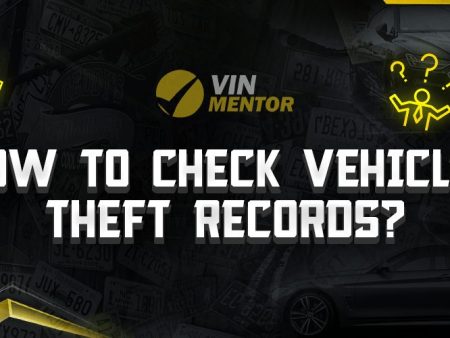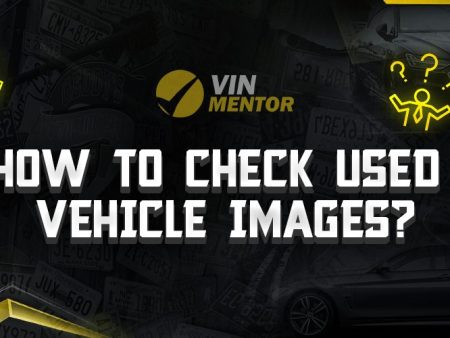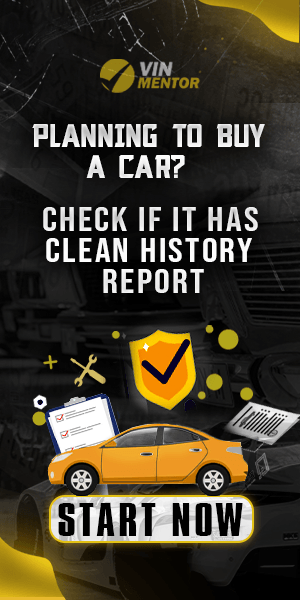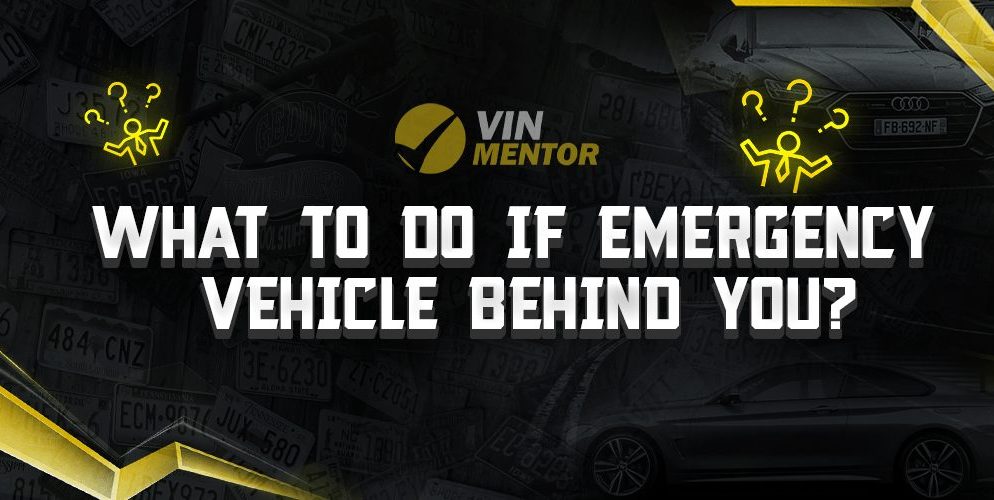
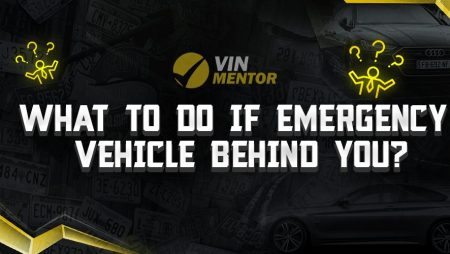
Encountering an emergency vehicle with lights and sirens behind you while driving can be a stressful situation. Knowing how to respond safely and responsibly is crucial to ensure the smooth passage of emergency vehicles. In this article, we will discuss what to do if an emergency vehicle is behind you, providing guidance on how to navigate this situation effectively. Read on to learn more about handling emergency vehicles on the road.
Key Takeaways
- Recognizing the presence of an emergency vehicle behind you is the first step in responding appropriately.
- Safely and promptly creating a path for the emergency vehicle is essential for emergency responders to reach their destination quickly.
- Be aware of local traffic laws and regulations regarding emergency vehicle protocol.
- Avoid making sudden or erratic movements that could endanger yourself or others on the road.
If an Emergency Vehicle Is Positioned Behind You, What Actions Should You Take?
When you find yourself in a situation where an emergency vehicle is positioned behind your vehicle, it’s essential to know the appropriate actions to take. From acknowledging the presence of the emergency vehicle to staying calm and focused, maintaining a composed demeanor is crucial. Assessing the road conditions and determining the best course of action will enable you to create a safe pathway for the emergency vehicle to pass.
Acknowledge the Emergency Vehicle
The first step when you notice an emergency vehicle behind you is to acknowledge its presence. Pay attention to the flashing lights, sirens, and the direction from which the emergency vehicle is approaching.
Remain Calm and Stay Focused
It’s important to remain calm and composed when an emergency vehicle is behind you. Stay focused on the road and avoid panicking or making sudden movements that may create a dangerous situation.
Determine the Best Course of Action
Assess the road conditions, surrounding traffic, and available options to determine the safest and most efficient course of action for allowing the emergency vehicle to pass. Consider the following:
- Check for Clear Pathways: Look for nearby lanes or shoulders that can be used by the emergency vehicle to pass.
- Use Turn Signals: Indicate your intentions by using your turn signals to communicate your plan to other drivers.
- Avoid Blocking Intersections: If you are stopped at an intersection, avoid blocking it to enable the emergency vehicle to proceed.
Safely Create a Path for the Emergency Vehicle
Once you’ve identified a safe opportunity, take the necessary steps to create a clear path for the emergency vehicle. This may involve:
Pulling Over
If there is enough space and it is safe to do so, pull over to the right side of the road, allowing the emergency vehicle to pass on the left.
Yielding at Intersections
If you are stopped at an intersection, yield the right of way to the emergency vehicle and refrain from making any sudden movements that could impede its progress.
Conclusion
Encountering an emergency vehicle behind you while driving requires quick thinking and responsible actions. By recognizing the presence of the emergency vehicle and responding appropriately, you can contribute to the safe and efficient passage of emergency responders. Remember to stay calm, assess the situation, and create a clear path for the emergency vehicle while prioritizing the safety of yourself and others on the road. By following the guidelines and being mindful of local traffic laws, you can play your part in facilitating the swift movement of emergency vehicles and helping them reach their destination promptly.
FAQ
What should I do if I notice an emergency vehicle behind me while driving?
The first step is to acknowledge its presence and stay calm. Assess the road conditions and determine the best course of action to create a safe pathway for the emergency vehicle to pass.
Are there any specific rules or traffic laws I should be aware of when encountering an emergency vehicle?
Yes, it’s important to be familiar with local traffic laws and regulations regarding emergency vehicle protocol. This includes knowing whether to pull over to the right or left side of the road and understanding any specific guidelines in your area.
How can I effectively create a clear path for the emergency vehicle?
Look for nearby lanes or shoulders that the emergency vehicle can use to pass. Use your turn signals to indicate your intentions and avoid blocking intersections if you are stopped at one. Pull over to the right side of the road when it’s safe to do so.
What should I avoid doing when an emergency vehicle is behind me?
It’s crucial to avoid making sudden or erratic movements that could endanger yourself or others on the road. Stay focused, refrain from panicking, and prioritize the safety of everyone involved.
Why is it important to respond appropriately to emergency vehicles?
Responding responsibly ensures the smooth passage of emergency vehicles, allowing them to reach their destination quickly. By following the guidelines, you contribute to the safety of yourself and others on the road.
Are there any legal consequences for not yielding to emergency vehicles?
Yes, failing to yield or impeding the progress of emergency vehicles can result in legal consequences. It’s essential to understand and comply with traffic laws to avoid potential penalties.
Can I use hand gestures or flash my hazard lights to communicate with other drivers?
Yes, using hand gestures or flashing hazard lights can be helpful in communicating with other drivers, alerting them to the presence of the emergency vehicle.
How can I stay informed about emergency vehicle protocol in my area?
Stay updated on local traffic laws and regulations through official sources such as government websites or local law enforcement agencies. They often provide information on emergency vehicle protocol specific to your area.

